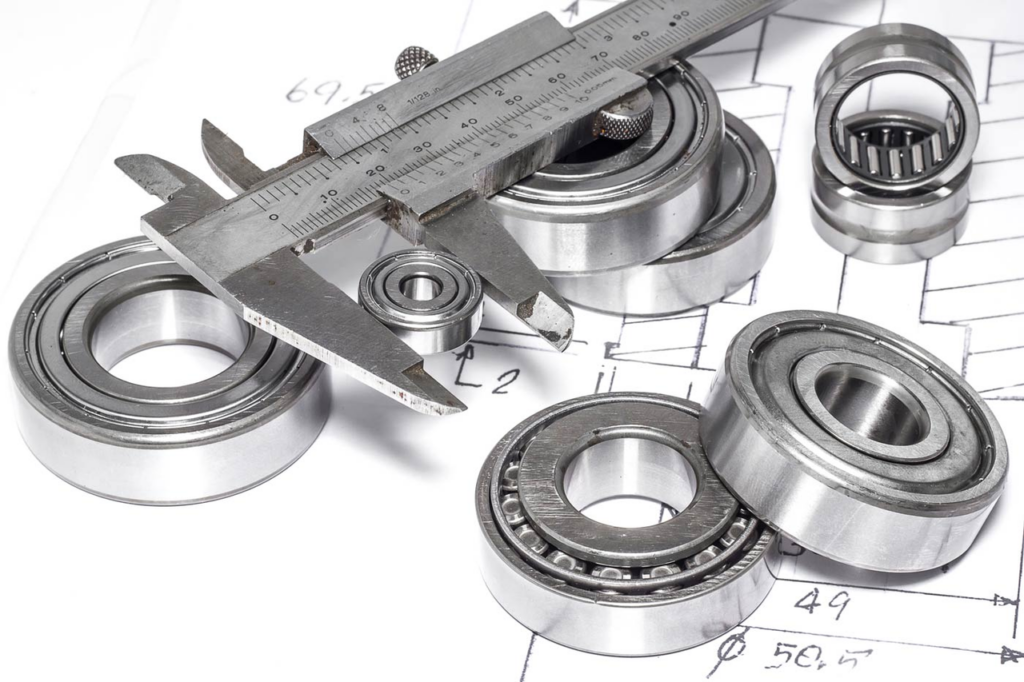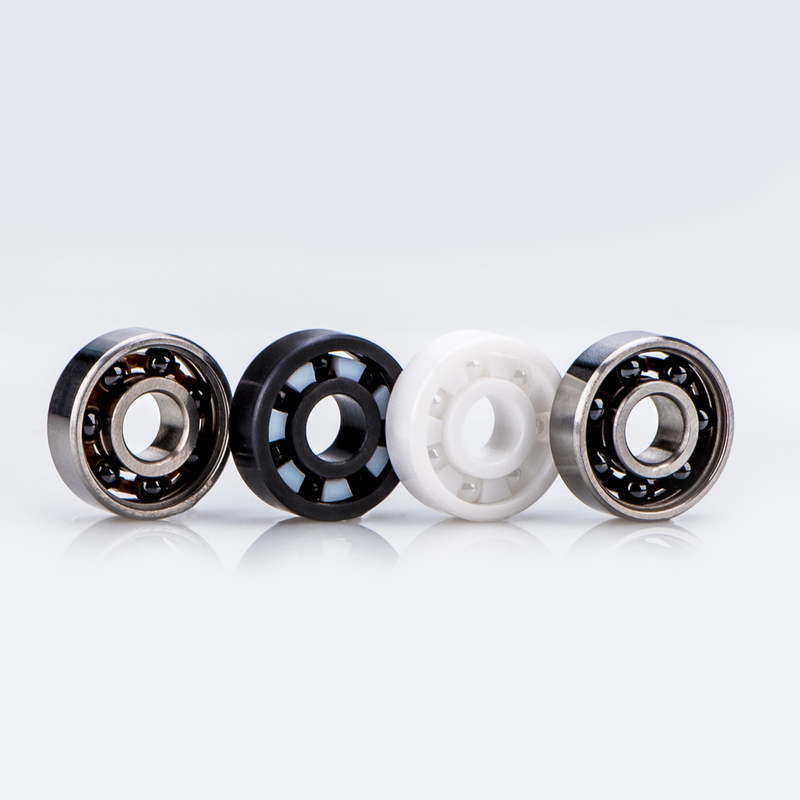Bearing Precision Grades: Why P4 Costs More Than P0?
Introduction:
Bearings are like the joints of machines—they keep everything moving smoothly. But not all bearings are created equal. You’ve probably seen labels like P0 or P4, and noticed that P4 bearings cost more.
Why is that? Let’s delve into the world of bearing precision grades and uncover the secrets behind the price differences. By the end, you’ll know exactly what makes P4 bearings special—and when you really need them.
What Are Bearing Precision Grades?
Bearing precision grades follow international standards like ISO. The most common grades, from lowest to highest precision, are: P0, P6 (P6x), P5, P4, and P2. Here’s a quick overview:
-
P0: The basic, everyday bearing for general machines.
-
P6 (P6x): A bit more precise than P0, with tighter size and rotation control.
-
P5: High precision for machines needing smooth, accurate performance.
-
P4: Even higher precision for super-accurate equipment.
-
P2: Top-tier precision for ultra-precise machines.
Each grade serves a purpose, but the higher the precision, the higher the cost. So, what makes P4 bearings worth the extra money compared to P0?
Key Differences Between P4 and P0 Bearings
Size Tolerances
-
P0 bearings have looser size tolerances. They’re good enough for most machines and cheaper to make.
-
P4 bearings are made with super tight size tolerances. Every part must fit perfectly, which is crucial for high-precision machines.
Why does this matter? Imagine trying to fit a slightly off-sized bearing into a precision machine—it just won’t work as well.

Rotational Accuracy
-
P0 bearings can wobble slightly (radially and axially), which is acceptable for less demanding tasks.
-
P4 bearings barely wobble at all—think microns! This keeps machines running smoothly and accurately, reducing wear and energy loss.
Ever wonder why some machines are so quiet and efficient? It’s often thanks to high-precision bearings like P4.
Why Are P4 Bearings More Expensive to Make?
Better Raw Materials
-
P0 bearings use standard steel that meets basic quality needs.
-
P4 bearings require ultra-pure, high-quality steel with fewer impurities. This ensures the bearing can handle precise machining and heavy use.
Fun fact: The steel for P4 bearings is like the premium fuel of the bearing world—it costs more but performs better.

Complex Manufacturing Process
-
P0 bearings are made with simpler tools and processes, keeping costs low.
-
P4 bearings need high-tech CNC machines and skilled workers. Each step is precise, like crafting a tiny work of art. The surface must be ultra-smooth, which takes extra grinding and polishing.
All this extra effort means more time, more machines, and more skilled labor—driving up the price.
Stricter Testing for P4 Bearings
Advanced Testing Tools
-
P0 bearings get basic size and appearance checks.
-
P4 bearings are tested with laser tools and roundness testers to measure tiny deviations. Factories use real-time data to catch any issues early.
It’s like the difference between a quick glance and a full health check-up.
Higher Inspection Standards
-
P0 bearings are spot-checked, with looser quality rules.
-
P4 bearings often go through 100% inspection. If one fails, the whole batch might get reworked or scrapped.
This strict quality control ensures every P4 bearing is top-notch—but it also adds to the cost.
Where Are P4 and P0 Bearings Used?
Different Applications
-
P0 bearings are perfect for everyday machines like small motors, farm equipment, or home appliances. They’re affordable and get the job done.
-
P4 bearings shine in high-end fields like precision machine tools, aerospace, and medical devices. Here, accuracy isn’t just nice—it’s essential for safety and performance.
Think of the P0 as a reliable family car and the P4 as a high-performance sports car. Both have their place, but one’s built for speed and precision.
Market Demand and Supply
-
P0 bearings are everywhere, made by many factories, so prices stay low.
-
P4 bearings are trickier to make, so fewer factories produce them. High demand from specialized industries keeps prices up.
It’s simple supply and demand—rarer items cost more.
So, Why Is P4 More Expensive Than P0?
To sum it up, P4 bearings cost more because:
-
They’re made with better materials.
-
They require advanced manufacturing and testing.
-
They’re built for high-precision tasks where accuracy is critical.
-
They’re in higher demand in specialized markets.
When choosing bearings, think about what your machine really needs. For most tasks, P0 is fine. But if precision matters, P4 might be worth the investment. After all, the right bearing can make or break your machine’s performance.
After reading this article, if you’re still unsure which precision bearing to choose, feel free to contact us! TFL Bearings offers professional bearing consultations and customized purchase solutions tailored to your specific needs.
